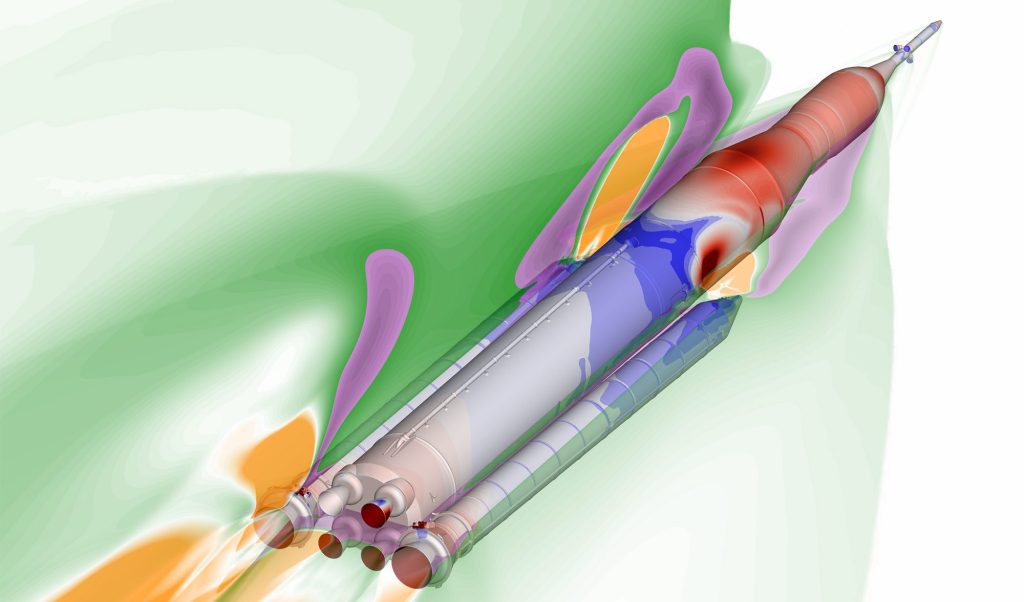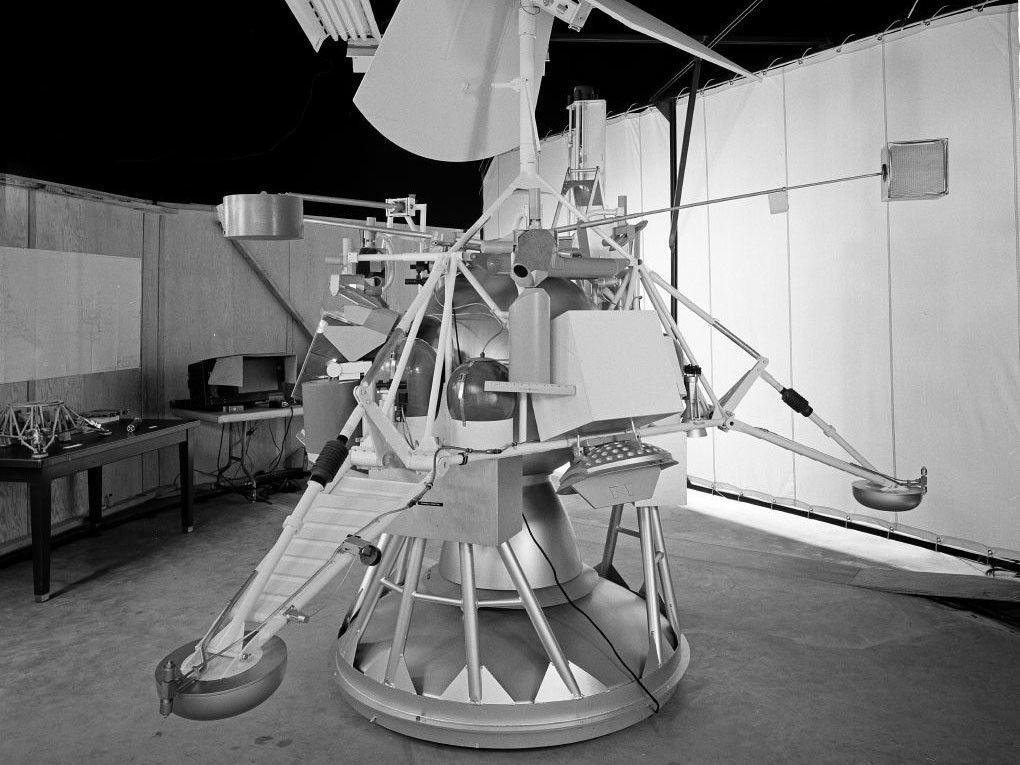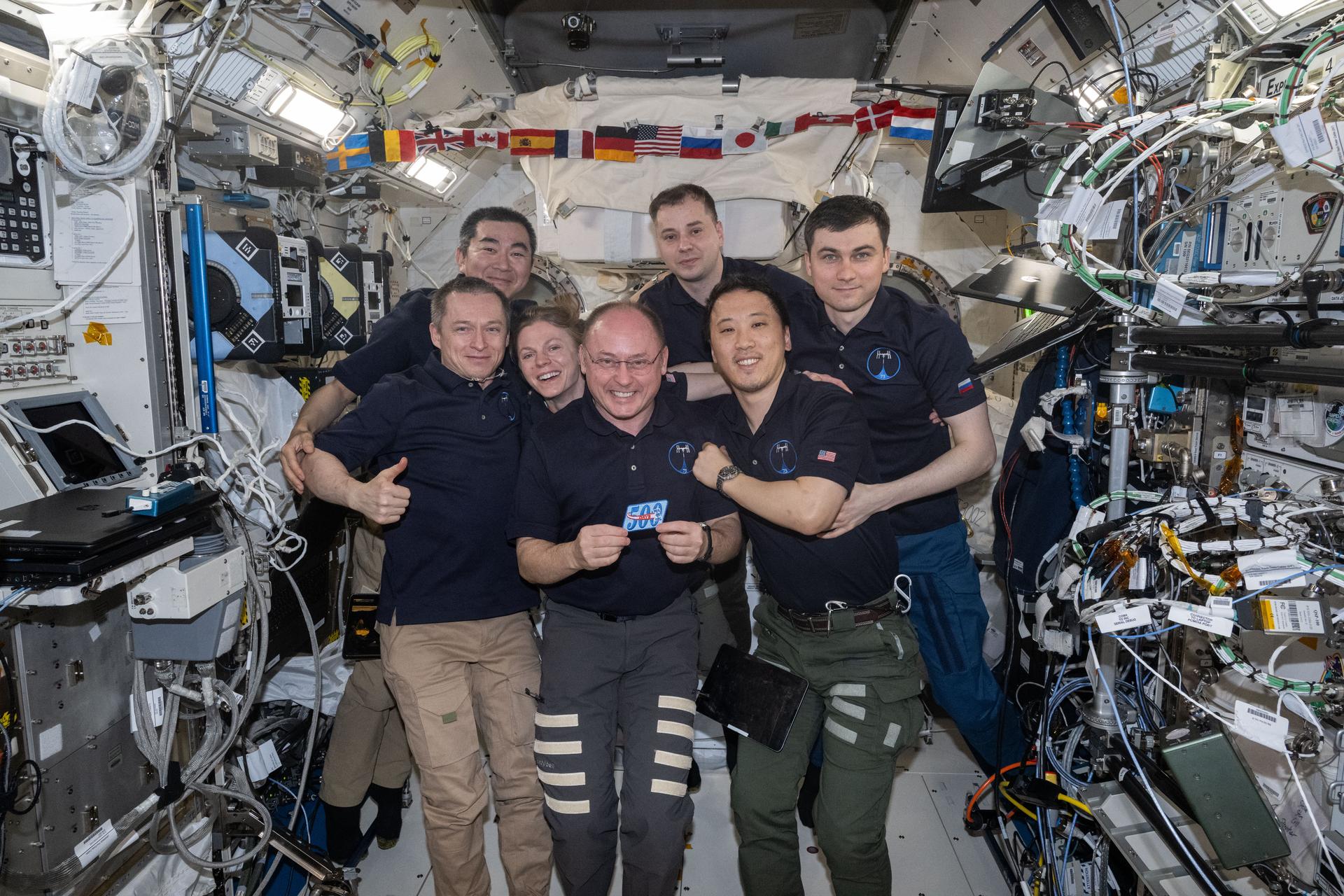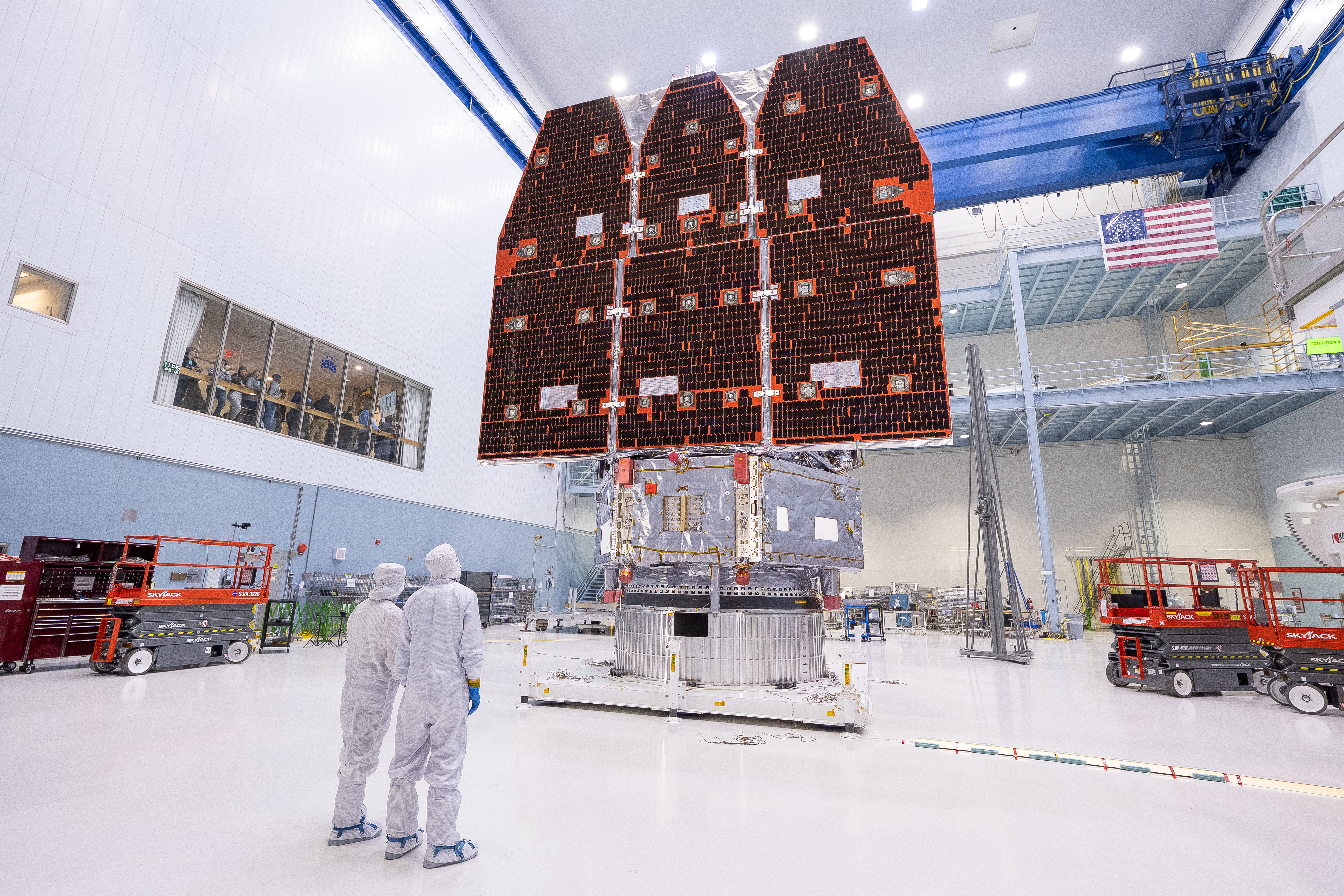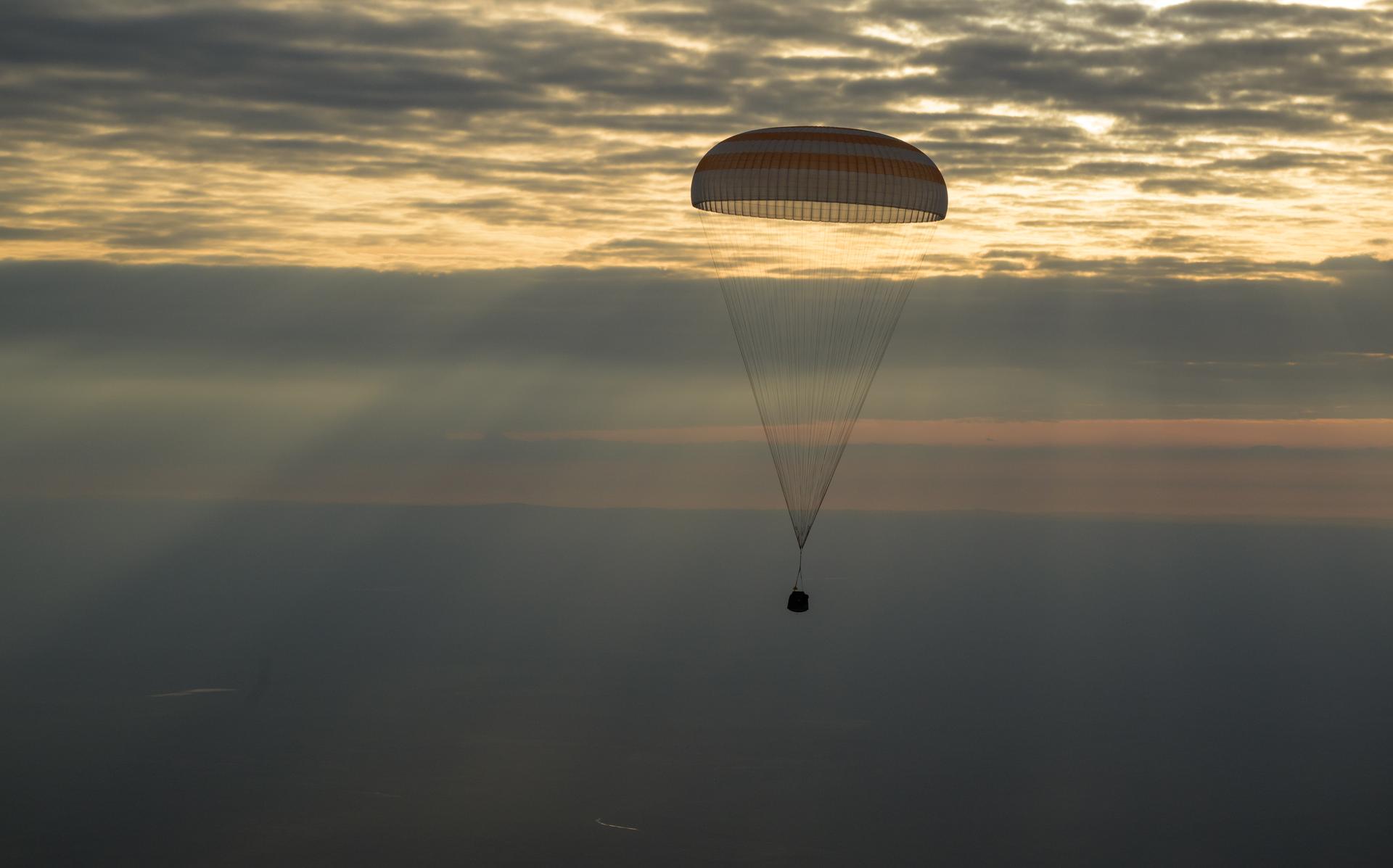Surveyor 7
Type
Launch
Target
Objective
What was Surveyor 7?
Surveyor 7 was the last of the original series of Surveyor Moon landers of the late 1960s. It was the only spacecraft of the series to land in the lunar highland region and had the most extensive set of instruments.
| Nation | United States of America (USA) |
| Objective(s) | Lunar Soft-Landing |
| Spacecraft | Surveyor-G |
| Spacecraft Mass | 2,293 pounds (1,040.1 kilograms) |
| Mission Design and Management | NASA / JPL |
| Launch Vehicle | Atlas Centaur (AC-15 / Atlas 3C no. 5903C / Centaur D-1A) |
| Launch Date and Time | Jan. 7, 1968 / 06:30:00 UT |
| Launch Site | Cape Canaveral, Fla. / Launch Complex 36A |
| Scientific Instruments | 1. TV Camera 2. Alpha-Scattering Instrument 3. Surface Sampler 4. Footpad Magnets 5. Stereoscopic and Dust Detection Mirrors |
Key Dates
Jan. 7, 1968: Launch
Jan. 10, 1968: Landing
Feb. 21, 1968: End of mission
In Depth: Surveyor 7
Since Surveyors 1, 3, 5, and 6 successfully fulfilled requirements in support of Apollo, NASA opted to use the last remaining Surveyor for a purely scientific mission outside of a potential landing site for the early Apollo flights.
After an uneventful coast to the Moon (including one of two planned course corrections), Surveyor 7 successfully set down at 01:05:36.3 UT on Jan. 10, 1968 on the ejecta blanket emanating from the bright Tycho crater in the south of the nearside.
Landing coordinates were 40.97 degrees south latitude and 11.44 degrees west longitude, about 18 miles (29 kilometers) north of Tycho’s rim, and 1.5 miles (2.4 kilometers) from its target.
Initial photos from the surface showed surprisingly few craters, much like the mare sites, although the general area was rougher.
About 21 hours after landing, ground controllers fired pyrotechnic charges to drop the alpha-scattering instrument on the lunar surface. When the instrument failed to move beyond an intermediate position, controllers used the surface sampler (robot arm) to force it down.
The sampler was then used to pick up the alpha-scattering instrument after its first chemical analysis and move it to two additional locations. About 66 hours of alpha-scattering data were obtained during the first lunar day on three samples: the undisturbed lunar surface, a Moon rock, and an area dug up by the surface sampler. The alpha-scattering instrument collected 34 more hours of data during the second lunar day.
The scoop on the sampler’s arm was used numerous times for picking up soil and digging trenches, and for conducting at least 16 surface-bearing tests.
Apart from taking 21,274 photographs (20,993 on the first lunar day and 45 during the second), Surveyor 7 also served as a target for Earth-based lasers to accurately measure the distance between Earth and the Moon.
Communications were paused with Surveyor 7 at 14:12 UT Jan. 26, 1968, about 80 hours after sunset. Second lunar day operations began at 19:01 UT Feb. 12, 1968, and extended to 00:24 UT Feb. 21, 1968, effectively ending the mission.
In total, the five successful Surveyors returned more than 87,000 photos of the lunar surface and operated for about 17 months total on the lunar surface, and most importantly, demonstrated the feasibility of soft-landing a spacecraft on the lunar surface.
Originally planned as a series of seven spacecraft, in 1963, NASA added three missions (Surveyors H, I, and J) for a total of 10 missions. These later Surveyors, each weighing 2,500 pounds or 1,134 kilograms (as opposed to the 2,200-pound or 998-kilogram model), were canceled in December 1966 based on the successful results of the Ranger missions, lunar orbiters, and surveyors already launched by then.
Key Source
Siddiqi, Asif A. Beyond Earth: A Chronicle of Deep Space Exploration, 1958-2016. NASA History Program Office, 2018.















